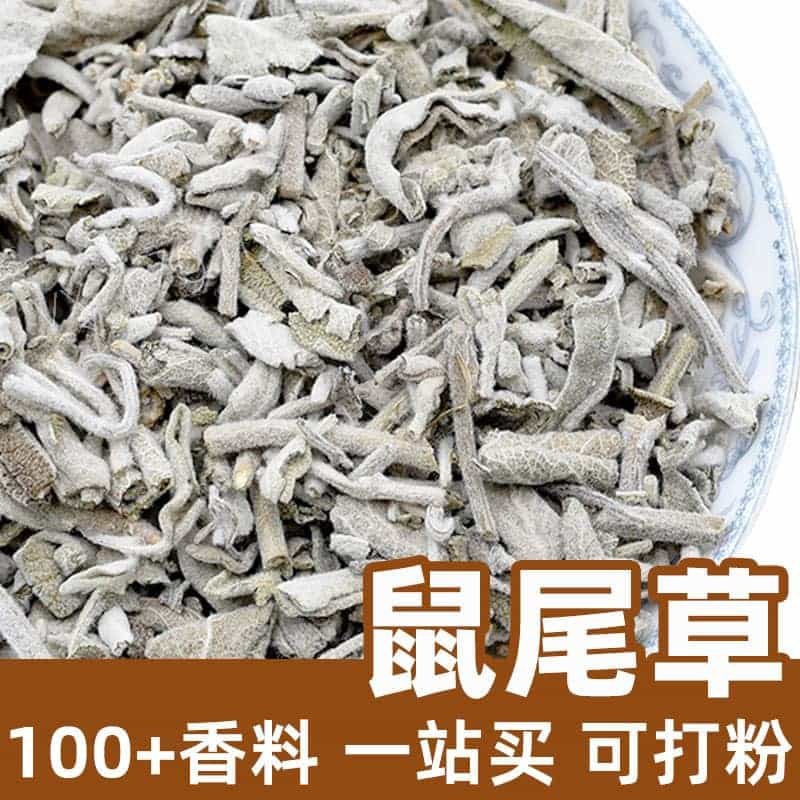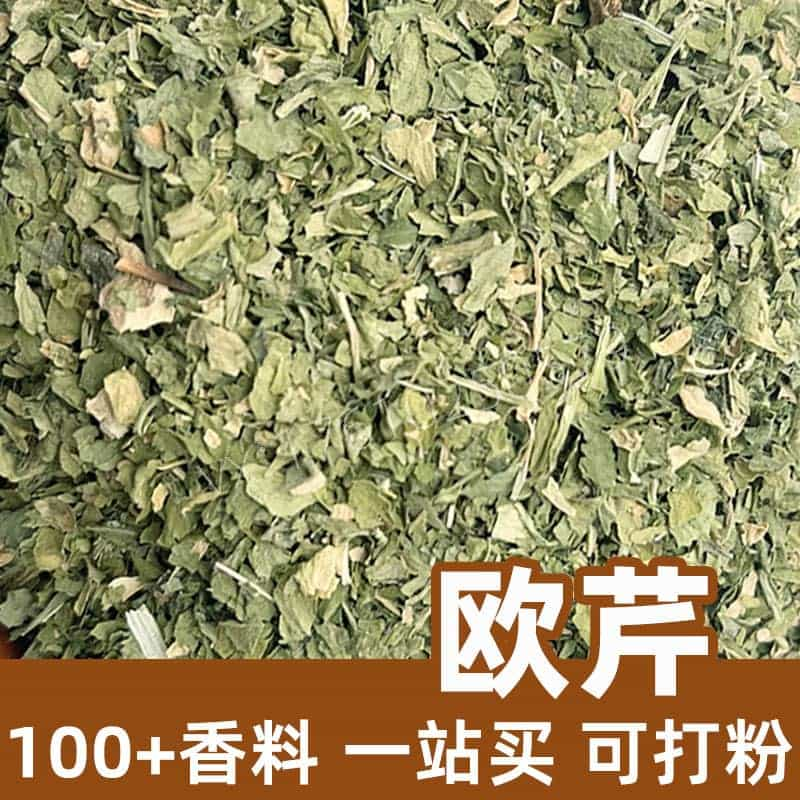Product Introduction
Thyme, also known as Pineapple Flower or Shī Lè, is a common perennial herb. It has small leaves and its flowers are usually purple.
The leaves and flowers of thyme are its main usable parts, widely used in cooking, herbal medicine, and aromatherapy. Thyme is prized for its unique aroma and herbal benefits.
Aromatic Chemical Composition
Thyme contains a rich variety of volatile oils and other chemical compounds. Key components include terpenes, phenols, and ketones, which give thyme its distinct fragrance and herbal properties.
The scent of thyme is described as fresh, aromatic, and slightly herbal. It is commonly used to season food, make perfumes, and in herbal treatments.
Product Varieties
Thyme can be categorized into different varieties and cultivars based on leaf shape and flower color. Below are some common varieties:
- Narrow-leaved Thyme (*Thymus vulgaris 'Narrow-leaved')*: A common variety with narrow leaves, ideal for use in seasonings and herbal remedies.
- Compact Thyme (*Thymus vulgaris 'Compacta')*: This variety has shorter, thicker leaves and a more compact growth form, making it perfect for ornamental gardening or container planting.
While different varieties may vary in fragrance and appearance, all types of thyme share the same basic characteristics and medicinal benefits.
Product Usage and Dosage
Thyme is widely used in cooking, herbal medicine, and aromatherapy. Here are some common ways to use thyme:
- Seasoning: Thyme is a popular culinary herb, especially in roasted meats, vegetables, and fish. Crushing or chopping the leaves and adding them to dishes enhances their aroma and flavor.
- Herb Plant: Thyme can be grown as an herb plant in gardens or pots. Placing thyme in your home can release a fresh scent, which can help uplift mood and improve air quality.
- Herbal and Medicinal Use: Thyme is used in traditional medicine as an herb with digestive, calming, and antibacterial properties. It is commonly used in the form of dried leaves, essential oils, or extracts.
When using thyme, the amount should be adjusted based on personal taste and the recipe. Typically, a small amount of thyme leaves can add flavor and medicinal benefits to food.
Plant Source, Distribution, and Growing Conditions
Thyme (*Thymus vulgaris*) is a well-known perennial herb native to the Mediterranean region, but it is now widely cultivated around the world.
Thyme thrives in warm, dry climates with plenty of sunlight. It can be grown in gardens, fields, or containers and can retain its green leaves and flowers for extended periods. Thyme requires ample sunlight and moderate moisture to grow properly.
Due to its fragrance and herbal qualities, thyme has become a popular culinary herb, medicinal plant, and ornamental plant, widely used in food, herbal medicine, and aromatherapy.
Harvesting, Processing, and Storage
Thyme leaves and flowers can be harvested during the growing season. Fresh thyme can be used for culinary or aromatic purposes, or it can be dried and processed for later use.
To preserve thyme’s freshness and quality, store the leaves and flowers in a dry, cool, and well-ventilated area. Dried thyme can be stored for long periods and retain its fragrance and medicinal properties.
Monica Sun is a seasoned expert in the natural raw materials industry, with over a decade of experience specializing in traditional Chinese medicinal herbs, spices, and fungi. She is skilled in the sourcing, processing, and application of these materials, emphasizing sustainability and innovation. Monica Sun has contributed to the development of high-quality natural raw materials that serve as essential components in functional foods, pharmaceuticals, and cosmetics, delivering tailored solutions to meet diverse market needs.










.jpg)


.jpg)


